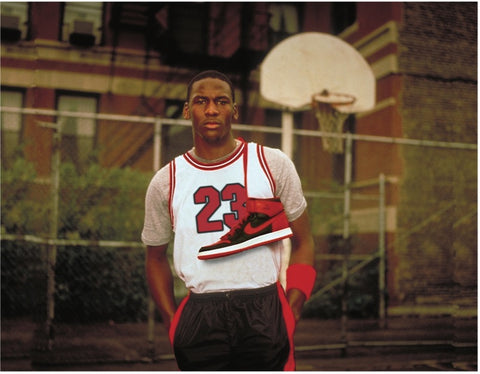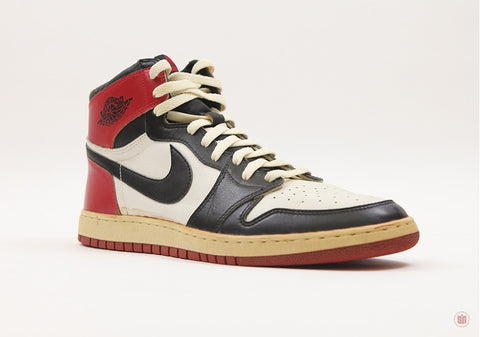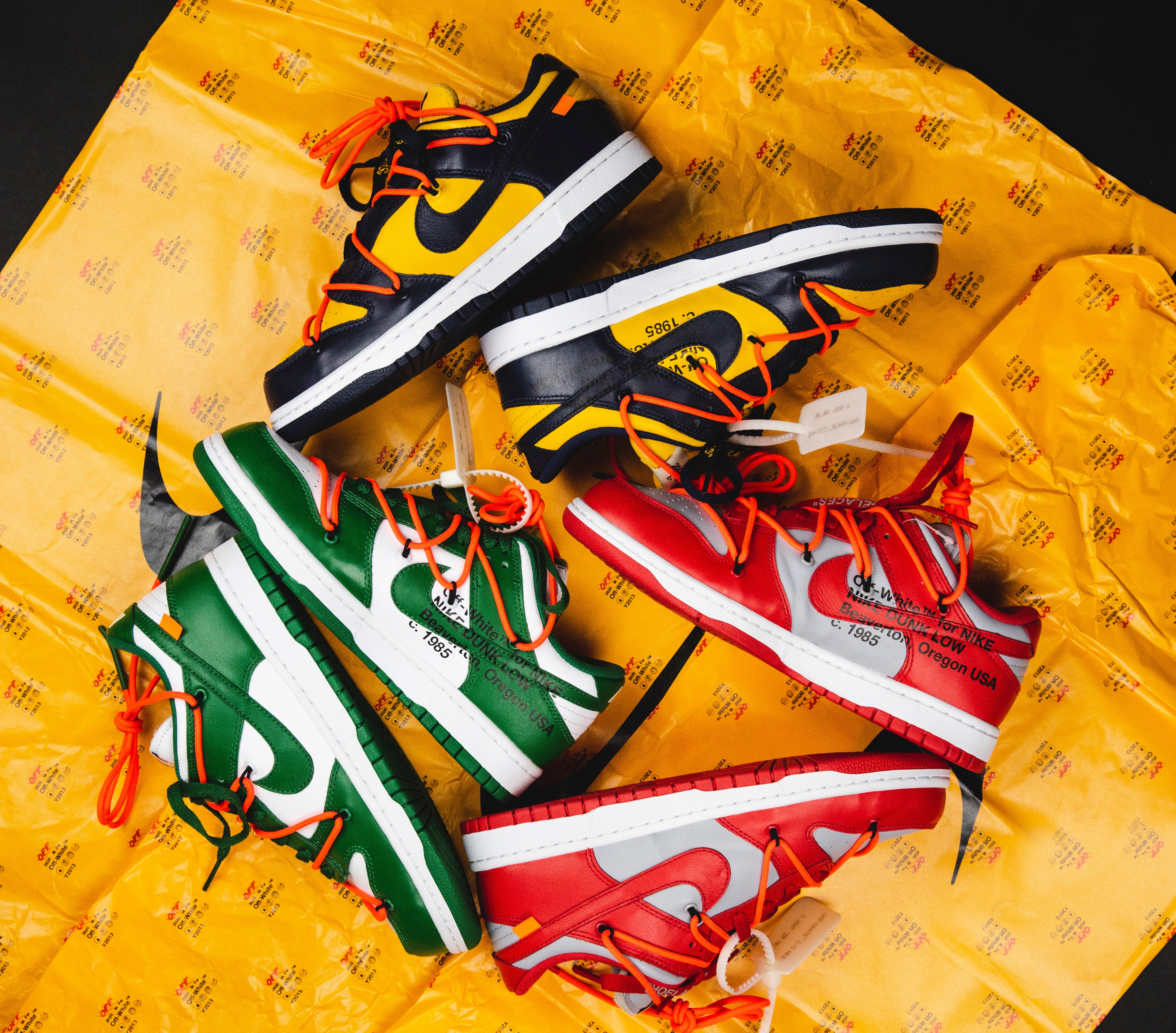June 1984
David Falk goes to North Carolina to interview Michael and his family with the view of representing him. Falk worked for sports agency ProServ who at the time represented some of the biggest names in Tennis, like Arthur Ashe. Falk’s strategy was to take a team player and treat him as though he were an individual athlete like a golfer, boxer or tennis player, who had signed huge endorsement deals. The first meeting David Falk took Michael too was with Converse, who in the 1980’s was NBA’s sponsor, and the sneakers Michael had played in throughout college. Converse told Michael and Mr Falk that they had already signed big names in the NBA, and could not put Michael ahead of them.
During this time Michael favoured Adidas, having watched Marques Johnson play in the Three Stripes. In fact, Jordan had never worn Nike before, and did not warm to the idea of signing with them. Falk wanted an up-and-coming brand like Nike for Jordan, and resorted to calling Michael’s parents to convince him to even get on the plane to Oregon and see the campus. “Mom I don’t want to hear it. I know what I wanna do. I am not going to Nike’s, Mama.” Michael said. “You’re gonna go listen, you may not like it, but you’re gonna listen.” Deloris Jordan told her son. Michael’s mother made him get on that plane.
August 1984
Nike’s director of marketing Rob Strasser, designer of the Air Jordan 1 Peter Moore, and Michael Jordan’s agent David Falk meet in Washington DC to discuss a Nike x Jordan endorsement deal. During the meeting Strasser suggested the name Air Jordan.

On the flight back to Portland, Moore asked a flight attendant for a set of wings to take home, a pin the airlines would give to children. That small pin inspired Moore to create a logo with ‘Air Jordan’ arced over a basketball, set between two wings in flight.
Nike offered Jordan a 5 Year Deal worth $500,000, along with free-dom to create his own shoe. He told his contact at Adidas “This is the Nike contract – if you come anywhere close, I’ll sign with you guys.”

Adidas distributors wanted to sign Jordan, but executives in Germany decided shoppers would be more influenced by taller players and wanted to sponsor Centers instead. Adidas opted to sign Centers of the era including Kareem Abdul-Jabbar (Three Stripes brand still sells sneakers named after him).
September
Chuck Kuhn shoots Jordan’s iconic “Jumpman” shot before Bull’s training camp.


Jordan wears the original design, Air Jordan 1 High “Black Toe”.
Chuck Kuhn does another photoshoot in Chicago featuring Michael Jordan posing with the Air Jordan 1 High “Black Toe”, and Air Jordan 1 High “Bred”. Nike’s thinking behind the two colourways were home and away colours.


October
During his first NBA Game, Michael Jordan wears Nike Air Ships ver-sus Indiana Pacers, a white and red colourway.



Jordan wears a black and red version of Nike Air Ships, which later becomes the Air Jordan 1 High “Bred”.

David Stern, then NBA commissioner banned Nike Air Ship in the black and red colourway per the “uniformity of uniform rule” set by the NBA, “A player must wear shoes that not only matched their uniforms, but matched the shoes worn by their teammates.” Stern fined Jordan $5,000 for each game he played in them, Nike reportedly paid every fine given to Jordan.




November
One of the first ever Air Jordan 1 High samples featuring the wings logo are made.

Michael Jordan debuts Air Jordan 1 High “Chicago” on November 17th versus Philadelphia 76ers.


April 1985
The Air Jordan 1 High releases for the very first time, retailing for $65 and becoming an instant hit. Nike cleverly marketed the sneaker around the fact they were banned by the NBA, creating “hype” around the sneaker.


Nike aimed to have sold $3Million worth of Air Jordans by the end of Year 4. After two months alone Nike sold $70Million worth, and by the end of the first year, $126Million worth. The rest is history.


